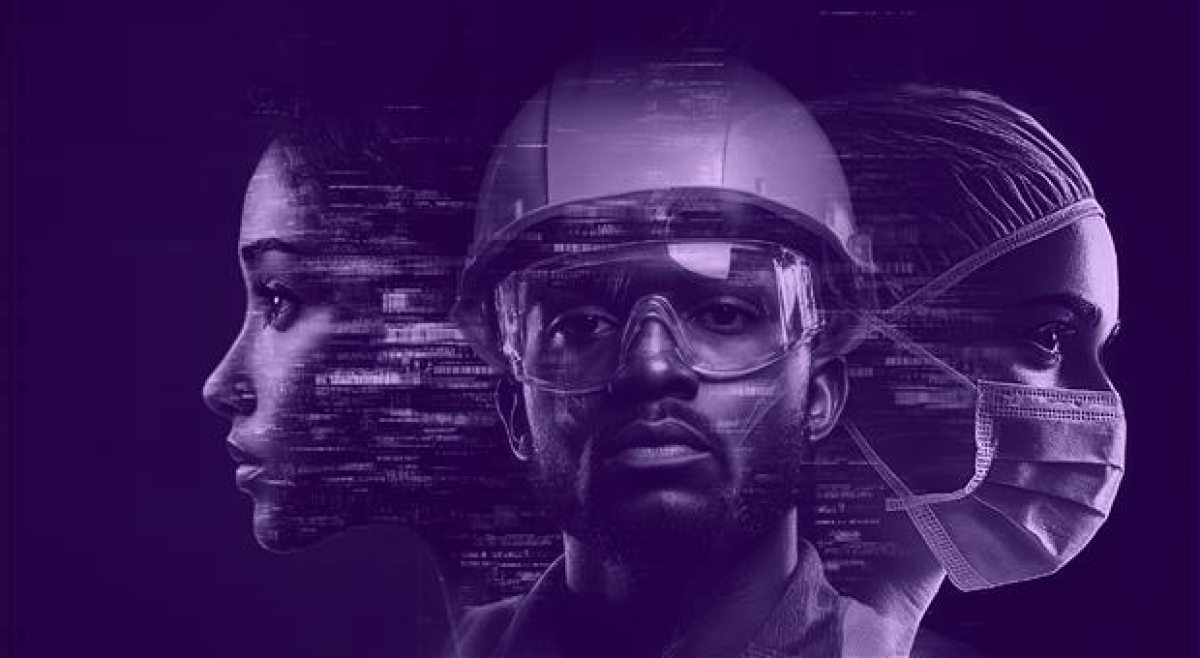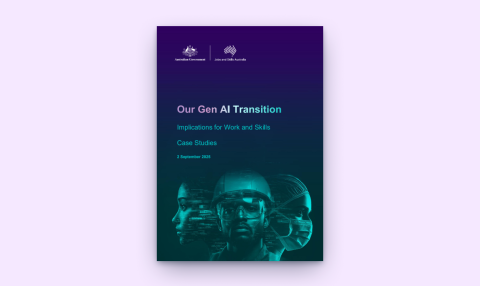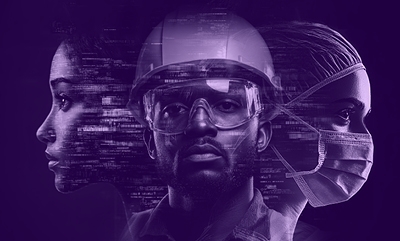On this page
These case studies offer practical insights into how individuals and organisations are navigating Gen AI adoption. By investigating diverse contexts, the case studies reveal risks, opportunities, and challenges often not visible in standard data.
Adoption varies across sectors, firm sizes, and occupations, highlighting that there is no single approach. Through rich, multi-source analysis, the compendium of case studies provides practical insights to support more informed and inclusive strategies for integrating new technologies across the diverse range of organisations and communities in Australia.
Key Themes of Case Studies
Adapting Work & Skills
- Gen AI use in the public service. An Australian Government Agency has implemented AI to enhance staff communication, improve work quality, and ensure ethical use through human oversight and AI literacy.
- How Gen AI is reshaping demand for labour, skills, and knowledge. Early adoption in an Australian tech company has improved efficiency but shifted hiring patterns across entry-level engineers as well as senior roles, and introduced new pathways for digital talent. Planning for future workforce pipelines has become vital.
- How Gen AI accelerates skills-based hiring and workforce mobility. AI-powered tools can help match people to jobs and training for one organisation, but skilled recruiters remain essential. Internal mobility and career growth have increased through AI-enabled platforms.
- How Gen AI is changing entry-level roles in certain industries. In law, AI augments research and drafting, and is not replacing graduates. In health, administrative tasks are automated, freeing up time for patient care. In creative industries, AI-generated content is reducing entry-level opportunities, prompting a shift in required skills.
- Small business & worker perspectives on the changing nature of work. Adoption is driven by practical benefits, but small firms face barriers in resources, policies, and training. Organisational culture, leadership, and workforce demographics shape Gen AI uptake and its effectiveness.
Hybrid Co-Design
- An example from an Australian university of productive and responsible Gen AI adoption in education. Staff and students co-designed AI tools and assessment settings, supported by strong governance and a homegrown learning platform. Educator oversight and student engagement are central to the approach.
- Gen AI can be collaboratively co-designed and implemented in health care settings to support clinical judgment while ensuring human oversight, staff engagement, and AI literacy.
Inclusion & Cultural Authority
- Inclusive design, disability & Gen AI: Gen AI can reduce barriers to employment and communication for people with disability, but risks introducing bias if not inclusively designed. An app, co-designed with Indigenous communities, demonstrates how AI can empower users and support cultural preservation.
- Digital innovation for cultural preservation. AI is applied to revitalise the endangered Ngalia language and support two-way learning, with strong community leadership and cultural safeguards.
- Cultural leadership in the tech workforce: A not-for-profit organisation is increasing Indigenous participation in tech through culturally grounded and led pathways. Strategic partnerships and inclusive training create sustainable career opportunities and economic participation.
Why These Case Studies Matter
- Deep insights into emerging practice: Each case study provides a closer look at Gen AI adoption and explores key themes and phenomena highlighted by stakeholders.
- Diversity of experience: The compendium of case studies covers Indigenous innovation, inclusive design for disability, technology firms, professional services, education, health as well as creative industries.
- Adaptations through hybrid expertise: The case studies highlight both opportunities and risks, with a focus on hybrid co-design, cultural authority, and future-proofing skills systems.



